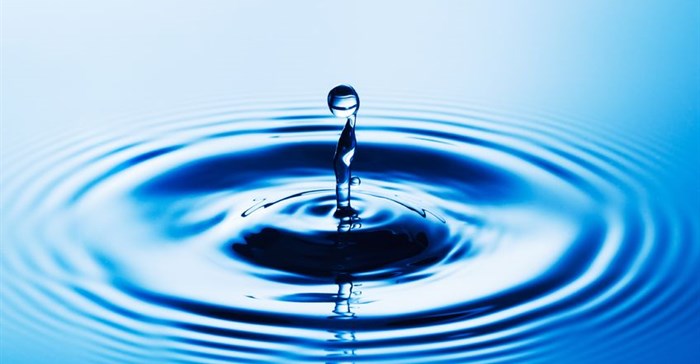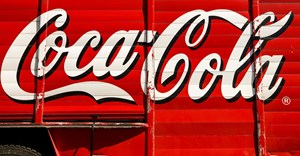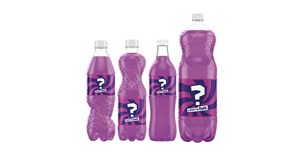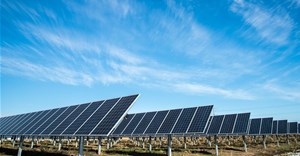
Taking action now can prevent water, energy shortages in the future

The recently released non-financial census of municipalities (NFCM) released by Statistics South Africa (Stats SA) paints a rather sombre picture of the future, however. According to the data the highest number of unfilled posts in technical areas was recorded in the environmental protection services (23%), followed by electricity departments (20%), while waste water management departments and water reported vacancy rates of 16% and 12% respectively.
Given that water and energy are crucial for growth and development, their availability and quality remains a limiting factor across the country despite a recorded 2,5% annual increase in the provision of water to consumers.
Water and energy efficiencies
It is therefore imperative for businesses to take a far more proactive stance if they hope to fill the gaps in supply and service. More practical and sustainable solutions are needed to improve the way businesses harness water and energy efficiencies across their organisations to significantly cut costs and raise profitability potential - the impact of these changes on society and the environment cannot be underestimated.
Many initiatives to address the challenges have been taken up in different sectors in different ways but when it comes to water, these have generally been fragmented and isolated, often resulting in ineffective solutions at the national level.
Changing old habits
Yet, when industries improve their awareness of the challenges, they begin changing old habits and improving outcomes. The recent power crisis spurred many to seek alternative sources of energy, for example, simply because they had no choice as they risked going out of business. It would be short sighted for businesses not to continue ramping up their strategic power saving initiatives as supply remains constrained.
Soft drink industry
However, the soft drink industry is an excellent example of how strategic initiatives can change outcomes for the better. The South African soft drink industry produces in the region of 3,700 megalitres per year (based on 2012 figures). This is more than double the volume recorded in 1987, according to a study completed for the Water Research Commission (WRC) by the Pollution Research Group at the University of KwaZulu-Natal.
The study calculated the specific water intake (SWI) of participating companies, which refers to the litres of water used per litre of production. The average was calculated as 1.6 litres for carbonated soft drinks. This is far lower than the target of 2,3 litres set out in the 1987 survey. The average water use was calculated at 170,000 kilolitres/year while the average production was calculated at 120,000 kilolitres/year. The majority of companies were found to be aware of the need to optimise water use.
The increase in efficiency in the use of water is attributed to the following:
- Installation of sub-metering
- Leak prevention programmes
- Optimisation of clean-in-place
- Recovery and reuse of filter water from water treatment
- Optimising water use on the conveyors
- Investigating the use of rainwater harvesting
The best outcomes can be achieved when they form part of a carefully laid-out strategy.
For example, Coca Cola, which has improved water efficiency by 10% since 2010, aims to improve water efficiency in manufacturing operations by 25% by 2020, compared with a 2010 baseline.
When it started the water saving journey in 2004, Coca Cola used 2,7 litres of water to make 1 litre of product. That means that 1 litre of water is in the product and another 1,7 litre is used in the manufacturing process, mostly for keeping equipment clean. Today, they are using 2,03 litres of water to make 1 litre of product and are working to reduce it to 1,7 litres of water per litre of product (a 25% improvement) by 2020.
Review of operations
The key driver in improving water efficiency is reducing or removing water use in manufacturing processes. The soft-drink manufacturer uses water footprinting — an approach to assess the total volume of water used to produce a product.
Many other companies can replicate models like these that focus on the reuse and recycling of water in their operations. Other simple tactics would be to harvest rainwater by using water tanks that catch water flowing off roofs.
However, it requires an intense review of operations and regular updates on how objectives are being achieved across the entire value chain. This would entail working with specialists that can become trusted partners in the change processes that need to be nurtured.
About Karl Götte
Karl Götte is head of Standard Bank Commercial Banking













